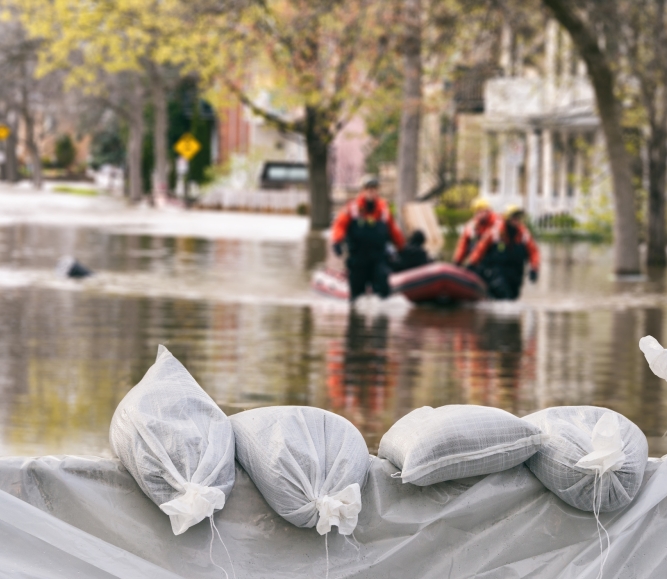FEMA’s no ‘be-all, end-all’ for recovery
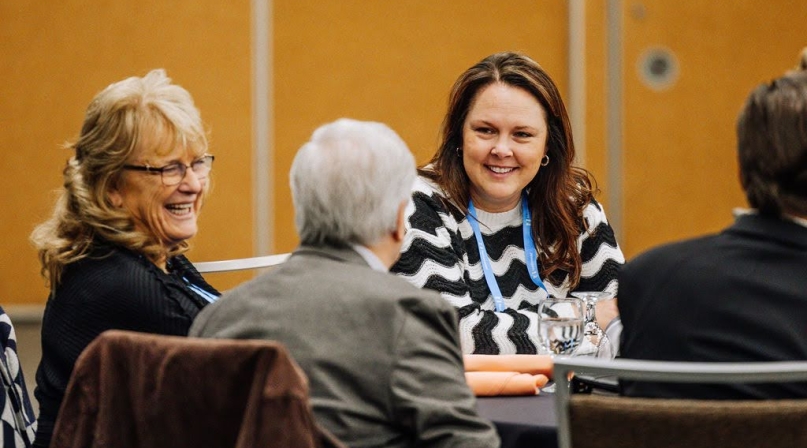
Danielle Bethell, for one, doesn’t worry about how personnel and budget cuts at the Federal Emergency Management Agency will affect counties like hers, Marion County, Ore., that have suffered from disasters.
“I don’t think it’s going to make much of a difference, because I don’t think [FEMA] made much of a difference, yet, for us,” she said, noting that the county is still waiting on reimbursement from wildfire fighting efforts from 2020. “In that the three [situations] that we’ve had to partner with FEMA, even when they were funded, it wasn’t the most successful relationship.”
Bethell made her remarks during a panel discussion moderated by The Pew Charitable Trusts on July 13, part of the Forum on Public Lands.
What FEMA does offer, but doesn’t promote enough in her opinion, is a list of organizations that exist across the country that are not federally funded or supported but that counties can access after emergencies, a resource Bethell credits with helping Marion County recovery quickly from its 2020 wildfire, both with assistance and with internal change.
“We tapped into local entities, community-based organizations that came into our region,” she said. “We modified local policies and ordinances to be able to adopt certain systems of building codes or laborers, to different types of trades that came in to do housing, recovery, infrastructure, recovery.
“I think that we have to do things a little more locally.”
Cynthia Lee Sheng, Jefferson Parish, La.’s president and a co-chair of NACo’s Intergovernmental Disaster Reform Task Force, said that rulemaking has consumed too much of FEMA’s efforts, and the resulting environment slows recovery efforts.
“I think if you’re a FEMA employee, you want to follow a rule. Federal government employees are afraid to make mistakes,” she said, comparing emergency surgery to elective surgery. “They're not interested in forms; they’re not interested in checking the boxes. It’s a singular motivation to stabilize you and save you. And that view has got to make its way into the emergency response world. Because we’re fighting for our lives.”
Before emergencies even reach that point, counties want more proactive authority and resources, both for mitigation and to head off growing threats.
Lee Sheng said the cost savings for mitigation — $6 saved on cleanup and the $7 opportunity cost for general economic conditions following a disaster —makes each $1 spent worth the investment.
“We really have to build a stronger way to brace for that punch,” she said, noting that 3,000 New Orleans homes that were elevated after Hurricane Katrina all survived Hurricane Ida because of those improvements.
She emphasized that counties have a responsibility to do work themselves.
“We cannot let our infrastructure age,” she said. “We have got to stay on top of our water sewer systems, our road systems. We can’t be like the homeowner who never replaces a roof and then hopes for a storm so insurance comes and fixes it for us.”
Lee Sheng also advised counties to embed finance personnel in emergency management teams to accurately account for expenses and for large counties to sign contracts for emergency services and debris cleanup ahead of time to avoid competing with their state government, when services are needed the most. Jefferson Parish has more than three dozen contracts in place, she noted.
She also advises her team to prepare to be self-sufficient for more than 72 hours.
“I tell my team to prepare like no one is coming,” she said. “Someone will come… but maybe the roads are going to be blocked, maybe there isn’t hotel space for all the staff for an electric company to come in.”
Bethell said the federal government needs to be more responsible for the land it owns, noting that the 2020 Marion County wildfire burned for weeks on U.S. Forest Service land, or at least let counties muster their own responses.
“I take it very personally that they don’t actually do anything about fires, areas that they deem too risky,” she said. “We should be allowed, and we should be trusted, to make sure that we protect ourselves from any disaster, regardless of where it starts.”
Bethell said the county was denied access to the forest because the Forest Service didn’t have active contracts with the right jurisdictions.
On top of that, $422 million of federal funding earmarked for recovery for those fires in Oregon has been mired in state bureaucracy for years, with none of it reaching the affected counties.
“The federal government needs to trust counties,” Bethell said. “They don't see us as viable governments for some reason. And I know they can do it [provide direct funding] because we all received ARPA (American Rescue Plan Act) money.”
The Pew Charitable Trusts is a sponsor of NACo's Intergovernmental Disaster Reform Task Force. Intergovernmental Disaster Reform Task Force
Related News
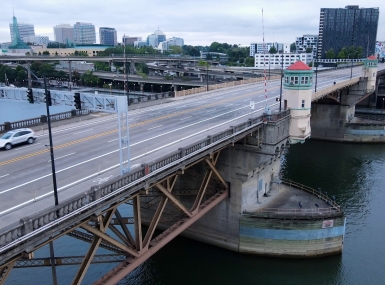
Pacific Northwest counties prepare for ‘The Big One’
Counties in Oregon and Washington are preparing for the devastating earthquake and tsunami that scientists say is coming in the next 50 years.
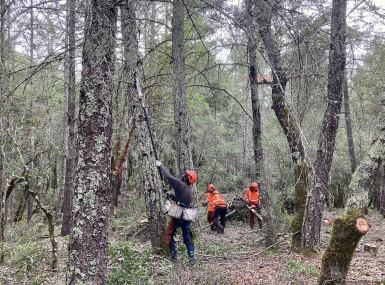
Federal judge temporarily halts FEMA disaster mitigation grant program termination
On April 4, the Federal Emergency Management Agency (FEMA) announced it will not allocate $750 million this year for the Building Resilient Infrastructure and Communities (BRIC) grant program. According to the press release, FEMA will also stop funding BRIC projects that were previously approved and are still underway.
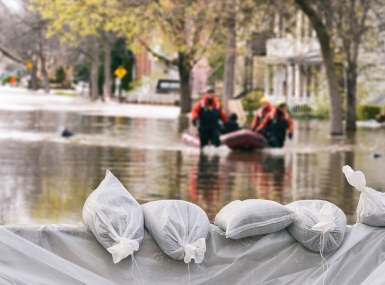
Podcast: County experience can improve disaster response
Kevin Leonard, executive director of the North Carolina Association of County Commissioners, and Amanda McKinney, a Yakima County, Wash. commissioner, talk about two different challenges county officials face in responding to disasters.
County News
Former FEMA chief is bearish on reform talks
Former FEMA Administrator Brock Long has yet to hear any proposals for federal disaster reform that would make a significant improvement to the way it operates.
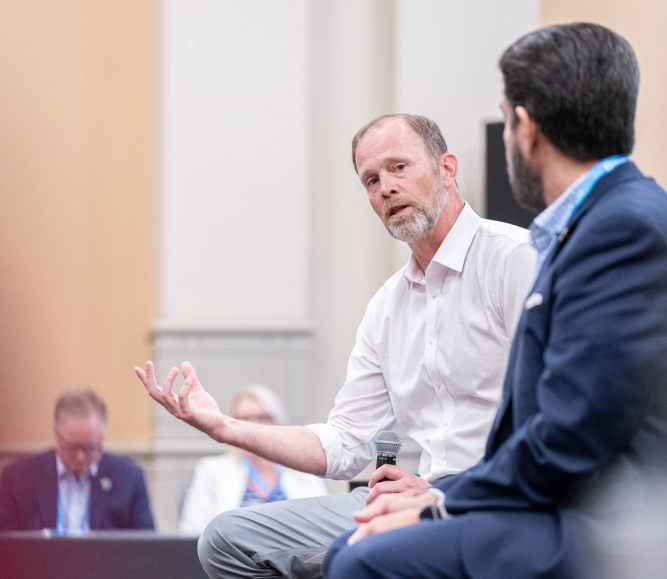
Featured Initiative
Intergovernmental Disaster Reform Task Force
As disasters intensify across the country, county governments play a crucial role on the frontlines of emergency management and recovery. With a commitment to advancing federal policies that foster collaboration between counties, federal agencies and other intergovernmental partners, the Task Force builds on years of county-led efforts to enhance disaster policies and practices, driving improved outcomes nationwide.
